ALSO IN THE NEWS

'I grew up in a refugee camp, now I'm on the cover of Vogue'
Hijab-wearing model Halima Aden tells Phoebe Luckhurst how she made magazine history Halima Aden is used to firsts. She was St Cloud, Minnesota’s first Muslim homecoming queen, and St Cloud State University’s first hijab-wearing student senator. She was the first hijab-wearing contestant to compete in Miss Minnesota USA — she wore a burkini in the swimsuit round — and the first to be signed to a major agency, IMG, the industry colossus that also represents Miranda Kerr, Karlie Kloss and Cara Delevingne.
And last week the 20-year-old became the first hijab-wearing model to appear on the cover of British Vogue. "It’s taken 102 years for there to be a hijabi model on the cover,” Aden says. "People are very proud of this moment.” Indeed, by the time the issue appeared on news stands last Friday, the cover had already gone viral.
And last week the 20-year-old became the first hijab-wearing model to appear on the cover of British Vogue. "It’s taken 102 years for there to be a hijabi model on the cover,” Aden says. "People are very proud of this moment.” Indeed, by the time the issue appeared on news stands last Friday, the cover had already gone viral.
Alongside Aden, a Somali model born in a Kenyan refugee camp, appeared other faces rarely seen on the cover of a mainstream, European fashion magazine — the mainstream European fashion magazine — including South Sudanese Adut Akech, Indian Radhika Nair, Korean Yoon Young Bae and mixed-race, plus-size Paloma Elsesser. "I think the cover really was true diversity,” Aden says. "Not a matter of ticking boxes but really people from different religions, different ethnic backgrounds, all thriving in an industry that has brought us together.”
Officially she works in this industry: she has walked Milan Fashion Week catwalks for MaxMara and Alberta Ferretti, and for Yeezy, Kanye West’s fashion line, in New York. She has appeared on the front cover of Vogue Arabia.
Unofficially she is also a full-time ambassador for her faith, and for the hijab. This is inevitable, as Aden observes, matter-of-factly. "I’m the first high-fashion hijab-wearing model. Automatically, I know there are a lot of girls looking at me. I need to be a good role model, a good representative of my faith, a good ambassador to my community.”
Being this in the hyper-visual, exposed and exposing world of fashion does, though, invite scrutiny — from within and outside her community.
Aden admits she recently cleansed her Instagram (where she has 577k followers). "I really wanted to explore a new look,” she explains.
"But I noticed that my younger followers were messaging me and saying, ‘Hey, this isn’t stuff I can wear. You’re the only person in fashion that I can look to, and you’re wearing stuff I can’t wear’. When I noticed that, I was like: ‘OK, it’s true’. I was still covered head to toe but I was trying out shorter dresses with knee-high boots. Those pictures got 60,000 likes but I wanted to stay true to my original followers. There are a million other models who can rock the same outfit but there’s not anyone besides me who can say, ‘I’m going to wear modest fashion’. I owe it to these little girls.”
Aden was born in Kakuma camp, in Kenya, in 1997. "I grew up in a refugee camp — there weren’t really many highlights,” she deadpans.
"I remember having malaria what felt like every other week. I remember scorpion bites and my mum having to apply Colgate toothpaste. It had a cooling effect.” She shrugs off any sense of victimhood. "I remember a lot of good things. When you don’t know ‘the other’, you tend to appreciate life.”
When she was seven her family went in pursuit of this ‘other’ life: Aden, her mother and younger brother were granted refuge in St Louis, Minnesota. "It was such a big deal,” she says. "A lot of Africans have the misconception that in America money grows on trees. But the neighbourhood we were in was very impoverished. You heard gunshots at night. The school I went to didn’t have an English language learners’ programme so I just went to school and listened and went home.”
After six months her mother moved the family to St Cloud on a word of mouth tip. There, teachers "would always help me, after school, during my lunch hour”. Her English is natural, her accent American.
"My mum made this quick call,” says Aden. "’I raised these kids, I went through hell and back for them, and I don’t want to risk them ending up in gangs, or in prison, or not getting a proper education’. It was really brave. African mums — I’m telling you,” she laughs.
Being crowned her school’s homecoming queen was "a big deal”.
"I’d never seen kids who are Muslim up for that, so I didn’t even think it was a possibility.”
And indeed, symbolically, it resonates: a prom is the gala event for the all-American teen experience, and she is a young Somali-American wearing a hijab.
She’s diplomatic about racial politics in contemporary, supercharged America. "Because Muslims are such a small number — one per cent in America — a lot of Americans never get to interact personally with a Muslim person.
"If you see horrible stories day in and day out on TV, you’re going to have this deep psychological fear of Muslims. It’s not right but that’s the hardest thing to show people — we’re not all the same. But fear is also human nature.”
She entered Miss Minnesota USA partly because there were scholarships up for grabs, but: "I also wanted to show other women in my home state that I didn’t conform in order to fit in. I wore a bathing suit — but it was a burkini.”
What happened next is one of those star-crossed fashion coincidences: Carine Roitfeld, former French Vogue editor, saw the pictures of her at Miss Minnesota USA and asked her to appear on the cover of CR Fashion Book, her new project and an influential countercultural industry tome. Roitfeld’s endorsement led to the IMG contract, which led to everything else.
Still, Aden was "shocked” to get the call from British Vogue editor Edward Enninful. "I met him at the British Fashion Awards in December. He was like: ‘I know we’re going to work together’. But I never imagined it being a cover story.”
For her portrait inside the magazine, Halima’s aesthetic is arch fashion: she slouches and pouts, staring down the camera in a mohair cape and woollen trousers — both Dior — and Altuzarra cowboy boots. She says it is "one of the biggest blessings that has come in my career” — though her favourite moment of the two-day shoot was off-set, shooting the breeze with fellow cover star Adut Akech.
It transpired the pair had been born in the same refugee camp. "We had a moment like The Parent Trap: ‘How old are you? What do your parents look like?’ And it was our first time meeting. Just imagine — these two girls from this camp, reunited for the first time on the cover of British Vogue. I can’t make that up.”
Officially she works in this industry: she has walked Milan Fashion Week catwalks for MaxMara and Alberta Ferretti, and for Yeezy, Kanye West’s fashion line, in New York. She has appeared on the front cover of Vogue Arabia.
Unofficially she is also a full-time ambassador for her faith, and for the hijab. This is inevitable, as Aden observes, matter-of-factly. "I’m the first high-fashion hijab-wearing model. Automatically, I know there are a lot of girls looking at me. I need to be a good role model, a good representative of my faith, a good ambassador to my community.”
Being this in the hyper-visual, exposed and exposing world of fashion does, though, invite scrutiny — from within and outside her community.
Aden admits she recently cleansed her Instagram (where she has 577k followers). "I really wanted to explore a new look,” she explains.
"But I noticed that my younger followers were messaging me and saying, ‘Hey, this isn’t stuff I can wear. You’re the only person in fashion that I can look to, and you’re wearing stuff I can’t wear’. When I noticed that, I was like: ‘OK, it’s true’. I was still covered head to toe but I was trying out shorter dresses with knee-high boots. Those pictures got 60,000 likes but I wanted to stay true to my original followers. There are a million other models who can rock the same outfit but there’s not anyone besides me who can say, ‘I’m going to wear modest fashion’. I owe it to these little girls.”
Aden was born in Kakuma camp, in Kenya, in 1997. "I grew up in a refugee camp — there weren’t really many highlights,” she deadpans.
"I remember having malaria what felt like every other week. I remember scorpion bites and my mum having to apply Colgate toothpaste. It had a cooling effect.” She shrugs off any sense of victimhood. "I remember a lot of good things. When you don’t know ‘the other’, you tend to appreciate life.”
When she was seven her family went in pursuit of this ‘other’ life: Aden, her mother and younger brother were granted refuge in St Louis, Minnesota. "It was such a big deal,” she says. "A lot of Africans have the misconception that in America money grows on trees. But the neighbourhood we were in was very impoverished. You heard gunshots at night. The school I went to didn’t have an English language learners’ programme so I just went to school and listened and went home.”
After six months her mother moved the family to St Cloud on a word of mouth tip. There, teachers "would always help me, after school, during my lunch hour”. Her English is natural, her accent American.
"My mum made this quick call,” says Aden. "’I raised these kids, I went through hell and back for them, and I don’t want to risk them ending up in gangs, or in prison, or not getting a proper education’. It was really brave. African mums — I’m telling you,” she laughs.
Being crowned her school’s homecoming queen was "a big deal”.
"I’d never seen kids who are Muslim up for that, so I didn’t even think it was a possibility.”
And indeed, symbolically, it resonates: a prom is the gala event for the all-American teen experience, and she is a young Somali-American wearing a hijab.
She’s diplomatic about racial politics in contemporary, supercharged America. "Because Muslims are such a small number — one per cent in America — a lot of Americans never get to interact personally with a Muslim person.
"If you see horrible stories day in and day out on TV, you’re going to have this deep psychological fear of Muslims. It’s not right but that’s the hardest thing to show people — we’re not all the same. But fear is also human nature.”
She entered Miss Minnesota USA partly because there were scholarships up for grabs, but: "I also wanted to show other women in my home state that I didn’t conform in order to fit in. I wore a bathing suit — but it was a burkini.”
What happened next is one of those star-crossed fashion coincidences: Carine Roitfeld, former French Vogue editor, saw the pictures of her at Miss Minnesota USA and asked her to appear on the cover of CR Fashion Book, her new project and an influential countercultural industry tome. Roitfeld’s endorsement led to the IMG contract, which led to everything else.
Still, Aden was "shocked” to get the call from British Vogue editor Edward Enninful. "I met him at the British Fashion Awards in December. He was like: ‘I know we’re going to work together’. But I never imagined it being a cover story.”
For her portrait inside the magazine, Halima’s aesthetic is arch fashion: she slouches and pouts, staring down the camera in a mohair cape and woollen trousers — both Dior — and Altuzarra cowboy boots. She says it is "one of the biggest blessings that has come in my career” — though her favourite moment of the two-day shoot was off-set, shooting the breeze with fellow cover star Adut Akech.
It transpired the pair had been born in the same refugee camp. "We had a moment like The Parent Trap: ‘How old are you? What do your parents look like?’ And it was our first time meeting. Just imagine — these two girls from this camp, reunited for the first time on the cover of British Vogue. I can’t make that up.”
Leave a comment
| Copyright © 2009 - 2024 Sunatimes News Agency All Rights Reserved. |
| Home | About Us | Diinta | Reports | Latest News | Featured Items | Articles | Suna Radio | Suna TV | Contact Us |
 0
0 
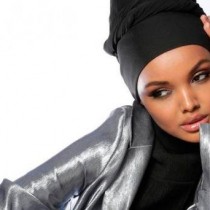


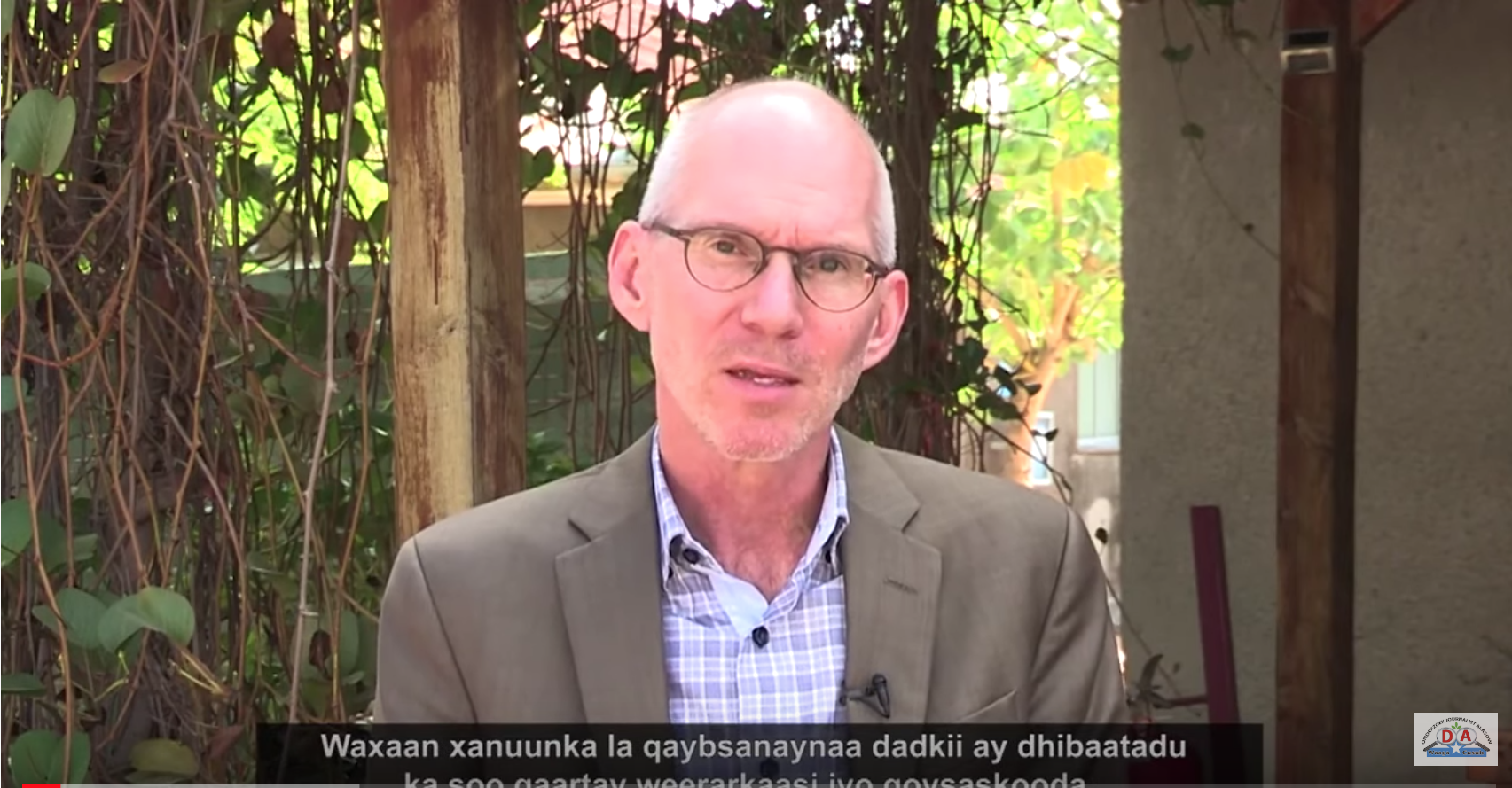
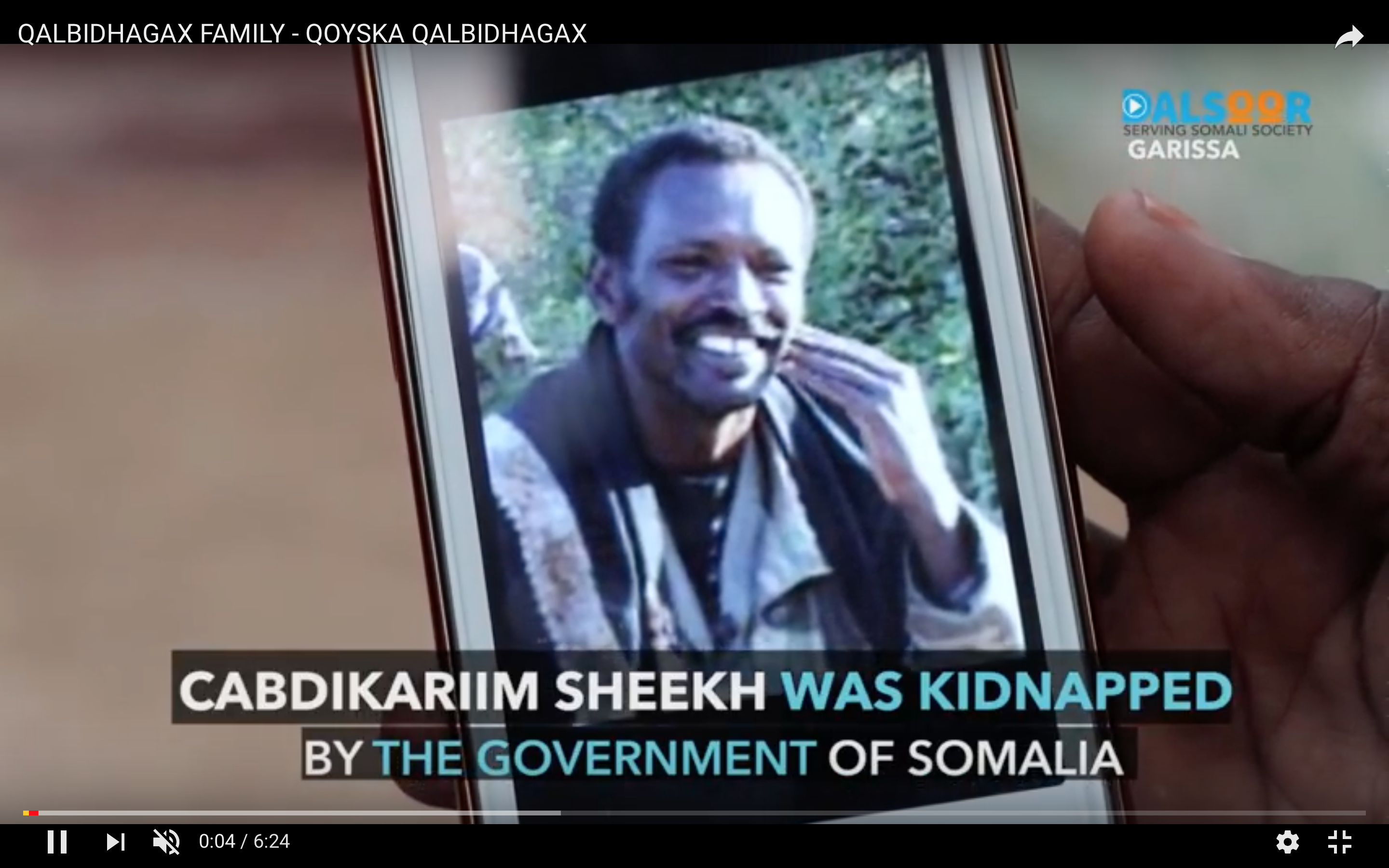
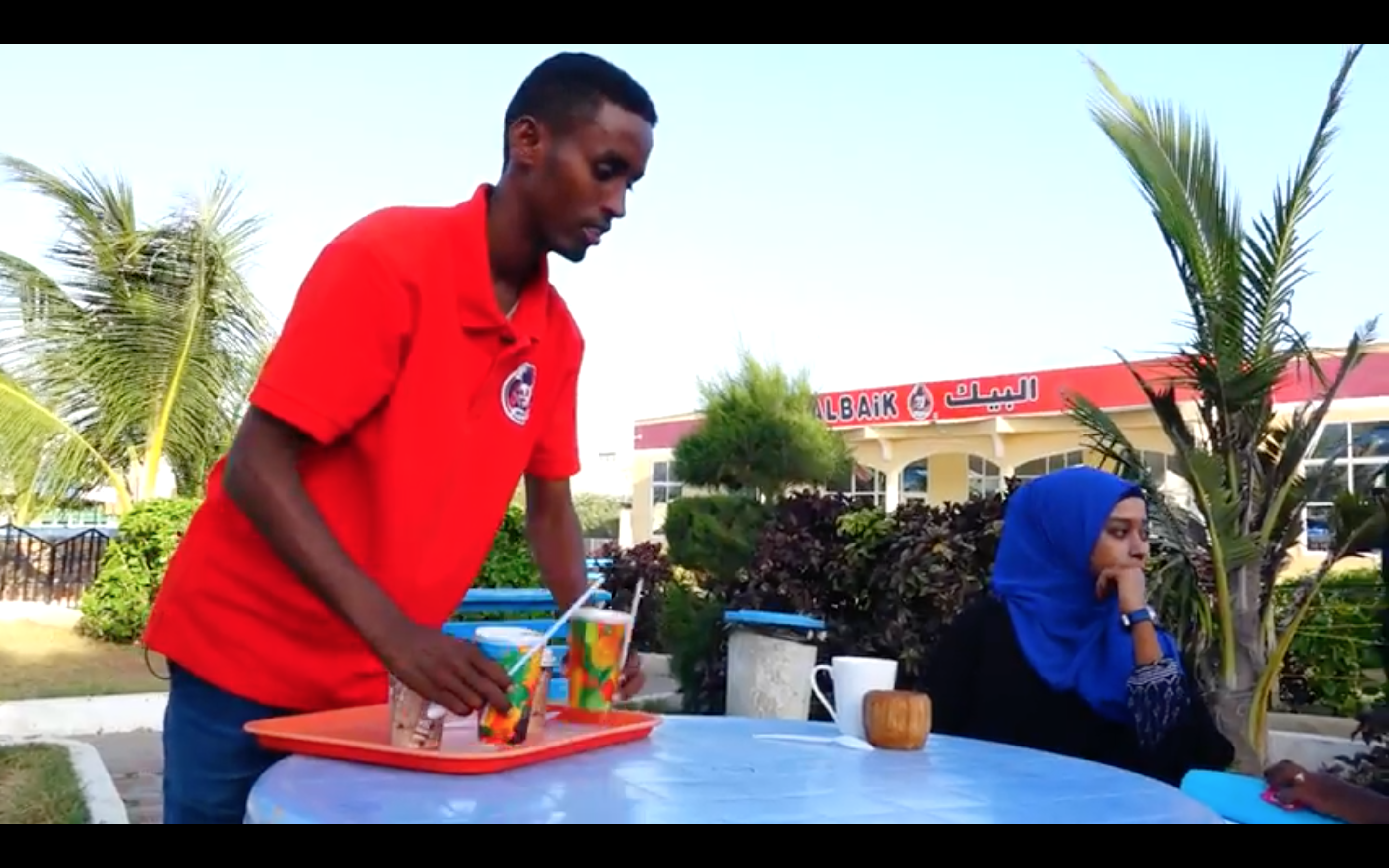
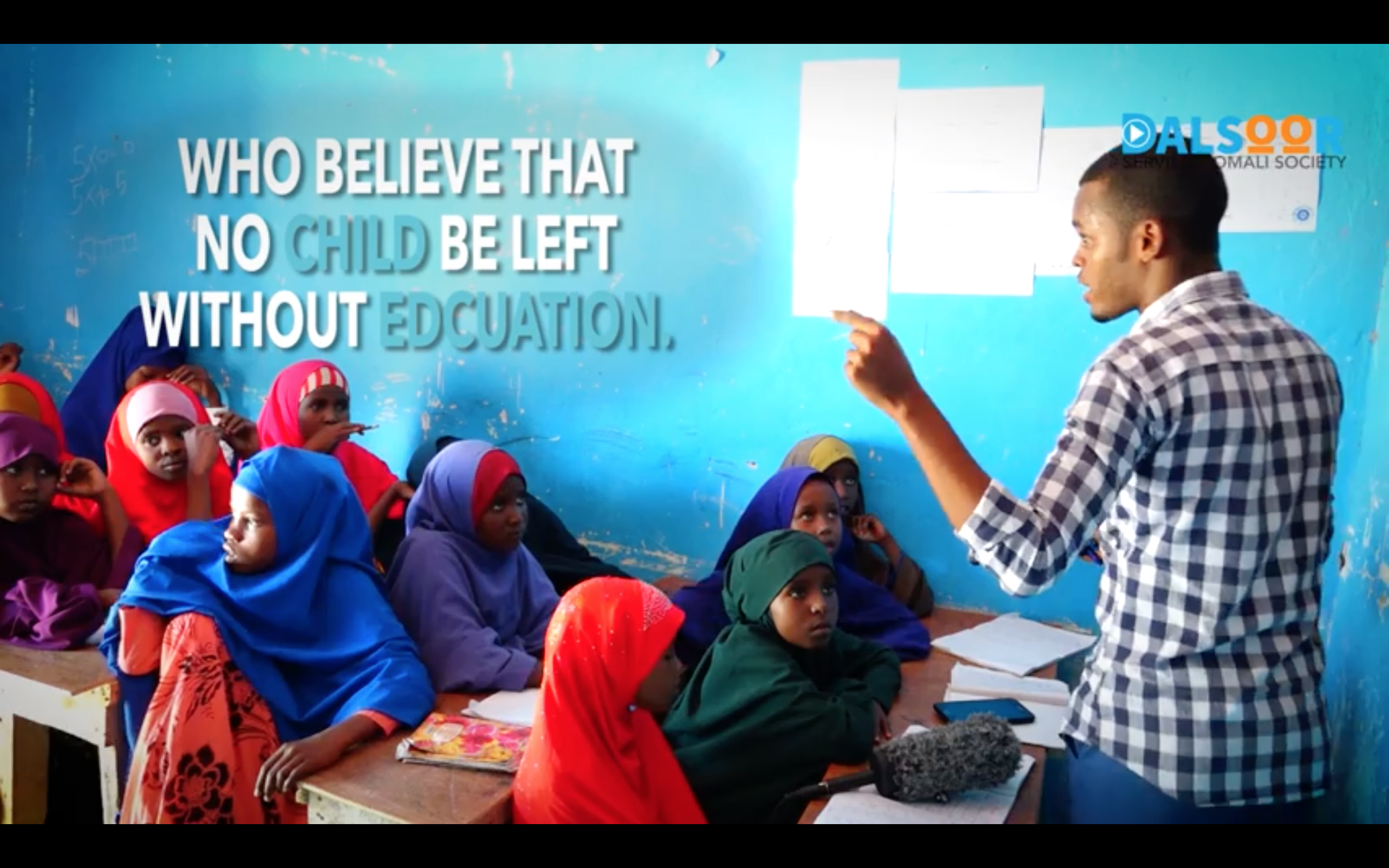


'I grew up in a refugee camp, now I'm on the cover of Vogue'
Hijab-wearing model Halima Aden tells Phoebe Luckhurst how she made magazine history Halima Aden is used to firsts.